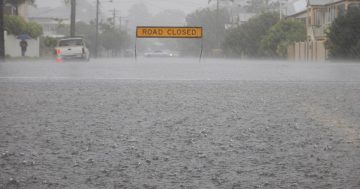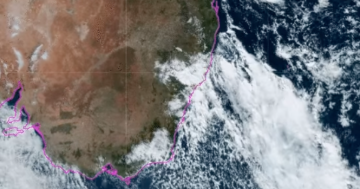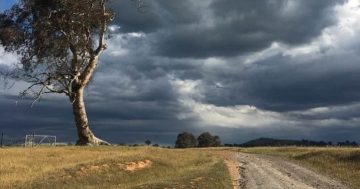
The Riverina had an average winter but looks set for a wet spring. Photo: Romolo Tavani.
The Australian Bureau of Meteorology (BoM) is warning we could be in for a wet spring after a fairly average winter across most of the Riverina.
“The model is quite keen on a wet spring,” said senior climatologist Jonathan Pollak.
“It’s quite a high possibility … above 80 per cent chance right across NSW, with those chances only reducing slightly towards the coast.
“There will be double the normal likelihood of unusually high spring rainfall.”
Daytime temperatures will likely be cooler than average and Mr Pollak explained that the negative Indian Ocean Dipole (IOD) was driving the wet forecast.
“[The negative IOD] has increased the chance of having another La Niña this year – a wet influence from the Pacific,” he said.
“And typically with those big drivers, if they reach thresholds, we will end up getting La Niña … and the conditions will be locked in for months at a time.
“If we do go into La Niña, it is likely that the wet conditions will continue after spring as well.”
The BoM raised the El Niño Southern Oscillation Index scale to “alert” on 16 August, predicting a rare third consecutive La Niña summer.
Mr Pollack said the 2022 winter rainfall was below average for Wagga and most parts of the Riverina.
He said July was much drier than average for most of southern and western NSW and August was wetter than average.
The maximum temperatures were close to average across the region, and the minimum temperatures were above average.
“It was an average winter … nothing jumping out in terms of records,” he said.
Wagga recorded 141 mm of rainfall this winter. The coldest day was in July – a chilly -3.8 degrees Celsius – and the warmest day was in June at 19.9 degrees Celsius.
Griffith had a total of 120.6 mm of winter rain. The coldest day was in July (-3.5), and the warmest day was in June at a balmy 24.7 degrees.
The start of spring also coincided with the beginning of bushfire season and the introduction of the new Australian Fire Danger Rating System nationwide.
The new Fire Danger Ratings will have four levels instead of six – Moderate, High, Extreme and Catastrophic.
When there is minimal risk, such as when it’s raining, ‘No Rating’ will be used. This is the white wedge sitting under Moderate.
NSW Rural Fire Service Commissioner Rob Rogers said continual, heavy rainfall across many parts of NSW has increased the fuel load.
“Over the coming weeks and months, we are particularly concerned about the likelihood of grass and crop fires as the state starts to dry out,” Commissioner Rogers said.













